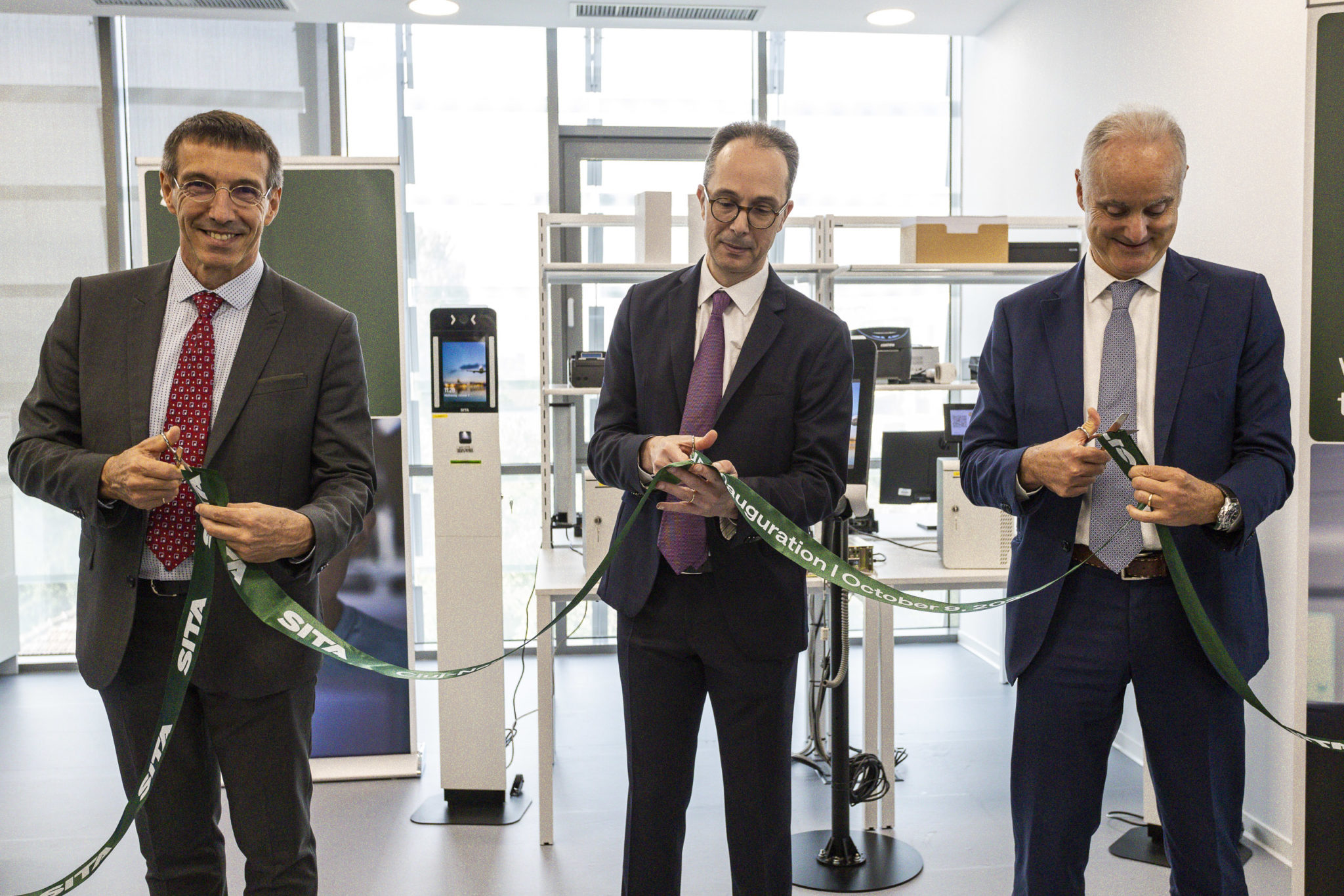How San Jose airport is helping to drive the local economy
Three months into his new role as Director of Aviation at San Jose Mineta International Airport, Mukesh (Mookie) Patel’s main focus is to get “butts on seats”.

June 13, 2024
by
Jonathan Andrews
Three months into his new role as Director of Aviation at San Jose Mineta International Airport, Mukesh (Mookie) Patel’s main focus is to get “butts on seats”.
Since the pandemic, San Jose in Silicon Valley – like many airports – has struggled to recover to the 2019 level of passengers, when 15 million used the airport. Yet rather than aiming to get back to that record high figure, its focus is on maintaining 12 million passengers per year, which Patel believes is a more realistic number.
“To claim that we can get back to 2019 numbers is a little bit of a fallacy,” says Patel (pictured). “The US economy was growing substantially after 2009 until just before the pandemic when it was on fire. There needed to be a recession of some kind, and it happened with Covid.”
As the capital of Silicon Valley, and headquarters for many of the world’s leading technology companies, the pandemic hit San Jose particularly hard. Technology companies seized the opportunity for their employees to work remotely, and face-to-face meetings with executives flying in from across the country became almost non-existent.
Following the pandemic, companies began investing in new remote offices across the country, like Apple’s multibillion-dollar campus in Raleigh.
“There are a lot of headquarters that are still in Silicon Valley but they have remote campuses,” he says. “Before, people always had to come to Silicon Valley for business, but now the corporations can do that in other cities. That is our new reality.”
A champion for economic growth
Patel leads a department with an annual operating budget of US$176 million, a 2024-2028 Capital Improvement Programme of US$614 million, and more than 200 employees responsible for the safe and efficient operation of the airport. His department’s three core services are marketing and communication; airport facilities; and airport operations.
Like many airports across the US, San Jose is funded not from local tax revenues but as a self-sustaining enterprise fund within the City of San Jose. The airport generates all of its revenue within the footprint of the 1,100 acres that it resides in, from parking revenues, concession revenues and airline fees and charges.
“If we can get passengers to fly to San Jose and from San Jose to different destinations that is also an economic benefit to my community; to hotel operators in the city, to all the venues in my community, and all the sporting venues,” he says. “I see my role as a as a champion for economic growth.”
San Jose’s focus is on maintaining 12 million passengers per year
With 30 years’ experience in the aviation sector, Patel has seen first-hand not only the economic value that airports provide but also important community links. During his 10 years at Alaska Airlines, he noticed how the company connected rural Alaskan residents to commerce- including Flight 61 from Seattle which provides “the milk run”, in which all types of fresh produce are flown up to rural communities.
“I’m looking out my window now and I see trolleys moving around on my airfield with big fishnet stockings over boxes,” he says. “I don’t see those boxes as just a box, what I see is money.”
“There are fish in some of those boxes from Southeast Alaska that are going to a restaurant here in my community. I see boxes of shoes or technology products. That’s what we’re here for, we’re here to grow commerce in our community as an airport and bring that value. We are not only connecting grandma to grandchild, but also connecting boxes that provide jobs.”
Retail to focus on local goods
To further exploit these economic opportunities, the airport will issue an RFP on its retail space later this year that will engage people more with local brands. Discounts will be offered to those concessionaires that bring in local products that are manufactured in and around the South Bay Area. Outreach has already begun to identify potential participants in the solicitation/tender process and to start building relationships with smaller and local vendors.
“We want people to take home trinkets but not a t-shirt that was printed out of a warehouse in Toledo, Ohio,” he says. “We want them to take home a product that was manufactured by a local candle shop or a local boutique that makes handmade posters. That economic value then resonates through our community.”
During his tenure he wants to take advantage of the “golden opportunity” to reinvest in existing infrastructure and be the best airport it can by continuing to be an easily accessible airport with all the comforts and amenities of a larger airport.
“We want to make sure that we present ourselves as the best airport that we can within a classification that we fall into,” he says. “That is our target so that we can retain the customers that use our airport for the value that they find in our airport.”



